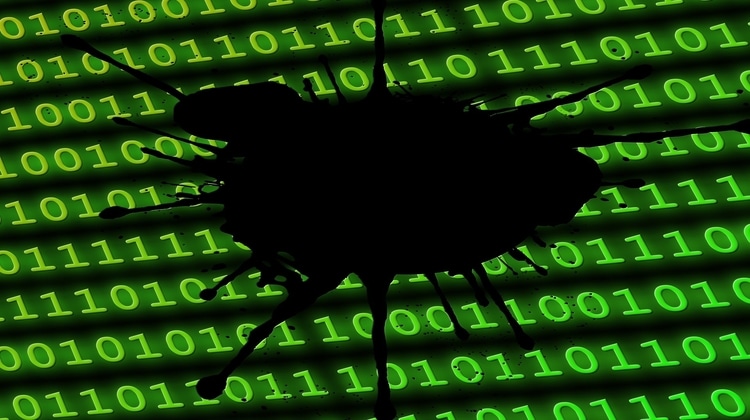Corrupted files can be very difficult to deal with. It can make your computer slow down or crash and you may even get the blue screen of death.
A corrupted file often looks scrambled and unreadable. The easiest way to check for corruption is to compare a suspect file to a clean one on another computer.
1. Corrupted Files
Files can get corrupted when a software application or virus corrupts their data in a way that prevents them from working properly. When this happens, the file becomes inoperable and may need to be replaced with an earlier saved version. This can occur with any type of file, including documents, programs, and even system files. Fortunately, there are several ways to fix corrupted files.
Every file has a specific structure and content that needs to be arranged in a certain manner for it to work properly. When incorrect information is written into a file or the right information is written in the wrong place, it will cause a file to become corrupted. These problems can happen to any file, including system files, and it can be a very frustrating problem.
Some file types are streamed and can tolerate some corruption, for example, a video file may show picture breakup or stutter, while other file types, such as program executables must be 100% whole for the program to start up. Corrupted data may also appear as garbled text or images in a document, or the file will simply not open.
Another common reason for file corruption is when a file is used in an environment that it is not designed to be opened with. This can often happen when a person downloads a file from an unsafe source or plugs in their flash drive into a public computer. This can cause the file to be corrupted as the data is scrambled in a different way when the file is opened by a different software program.
2. Malware or Virus
When a file becomes corrupted, it means that the data inside it is damaged or unreadable. Most of the time, this happens because something goes wrong during a file’s “save” process. For example, if your computer shuts down or experiences a power surge during saving, the file may be corrupted.
Another common cause of corrupted files is malware or viruses. These can infect system or program files and scramble their data. While some antivirus programs can clean infected files, they cannot always do so 100% of the time.
It is also possible for files to become corrupted due to hardware problems. For example, if a hard disk has bad sectors, the data in those segments will be jumbled and corrupted. The good news is that you can decrease the likelihood of these types of issues by using a specialized computer optimization tool, such as AVG TuneUp.
In some cases, you can fix corrupted Windows files with chkdsk, which is a command-line tool that scans the hard drive for errors. However, this is often a lengthy process and can lead to the loss of some data on your hard drive. In many cases, you will need to reinstall Windows in order to repair your operating system files and restore your computer to working condition. Fortunately, you can do this easily with the help of a third-party tool.
3. Hardware Failure
When hardware fails, it can corrupt system files. It can also cause erratic behavior, like freezing or rebooting randomly. This can be a sign that there is an issue with the computer, and it may need to be repaired. Depending on the problem, it can take a while to diagnose and fix. For example, if the hard drive has bad sectors, it can cause problems with Windows. A good way to test this is by running the chkdsk command in an elevated Command Prompt. This can scan the disk and repair any damaged or corrupted files.
In some cases, a file can become corrupted as it is being saved. This can happen if the program stops working, or if the computer loses power during the save process. This is why it is important to use a surge suppressor or uninterruptable power supply (UPS). This will reduce the chances of a corrupted file.
Hardware failure is a natural part of using technology, especially in the workplace. Over time, hardware can start to deteriorate due to age or overuse. If you are experiencing this issue, it is best to contact your hardware manufacturer or try using a different product. It is also a good idea to regularly back up your data to prevent loss of information. This can be done with a software program, or by using a cloud storage service.






More Stories
5G Availability: Phones and Providers Currently Offering the Network
Job Opportunities in the Electrical Engineering Field
Types of Transistor and Their Uses